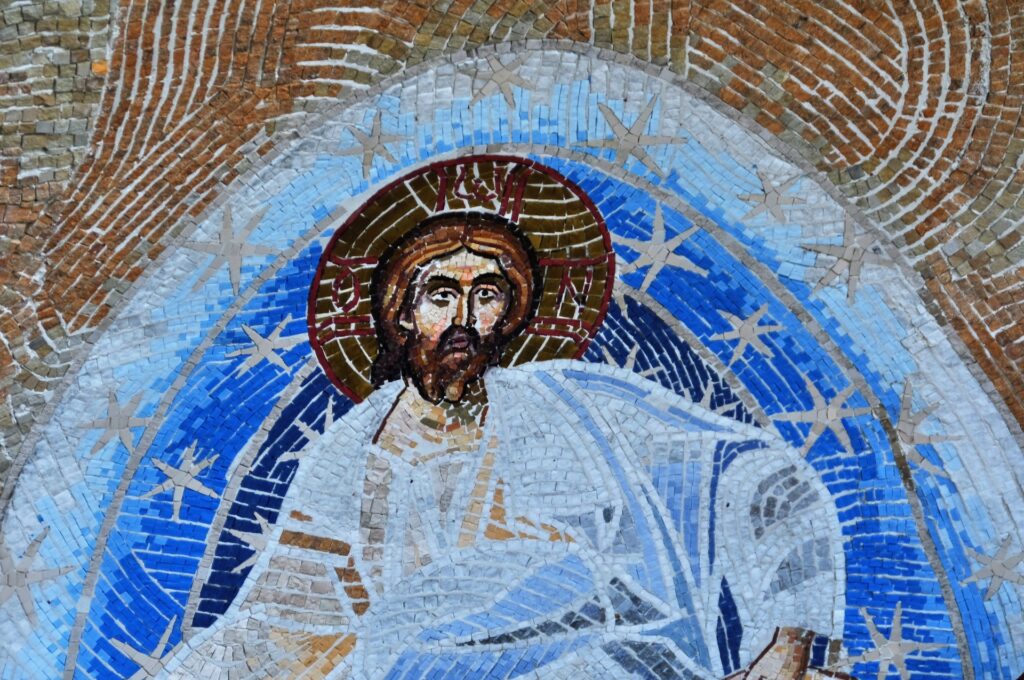
Six days later, three of them did see it. Jesus took Peter, James, and John and led them up a high mountain. His appearance changed from the inside out, right before their eyes. His clothes shimmered, glistening white, whiter than any bleach could make them. Elijah, along with Moses, came into view, in deep conversation with Jesus. (Mark 9: 2 – 4)
Transfigurations appear to take place at one precise moment, but often they are the culmination of a gradual process of seeing people through different eyes until we are startled by the affection and admiration we feel for this person or are thrown off balance by a kind or courageous act we never dreamed possible coming from this person. There’s a great scene from the film The African Queen that beautifully captures such a moment of transfiguration. Charlie Alnutt is a crusty seaman who is forced to travel with prim missionary Rosie Sayer aboard the rickety steam-powered schooner, the African Queen, at the outbreak of World War I.
Early in their adventure Rosie throws all Charlie’s gin overboard, and Charlie lashes out by calling her a “skinny, psalm-singing, old maid.” But as they make their way down the treacherous river in central Africa, narrowly escaping death and capture, their attitudes and impressions of one another change, and Rosie is transfigured before Charlie’s eyes: “I’ll never forget the way you looked coming over the falls, head up, chin out, hair blowing in the wind – the living picture of a heroine.”
Our continual encounters with Jesus lead to a similar change in attitudes and perceptions until one day we see Jesus transfigured and realise he is the living picture of a saviour – one whom we can’t live without.
